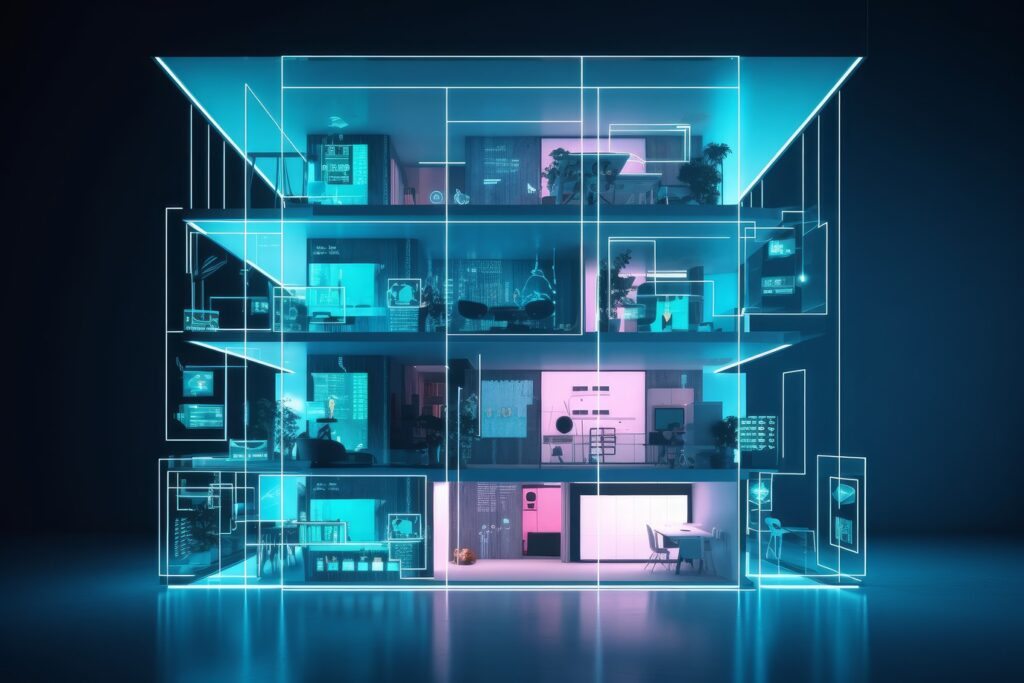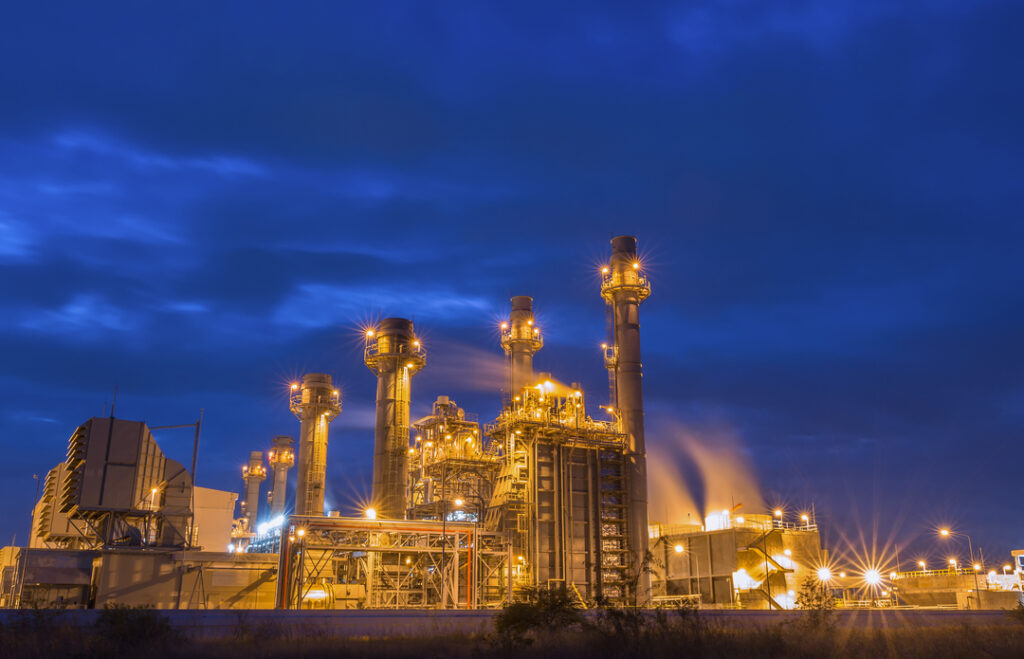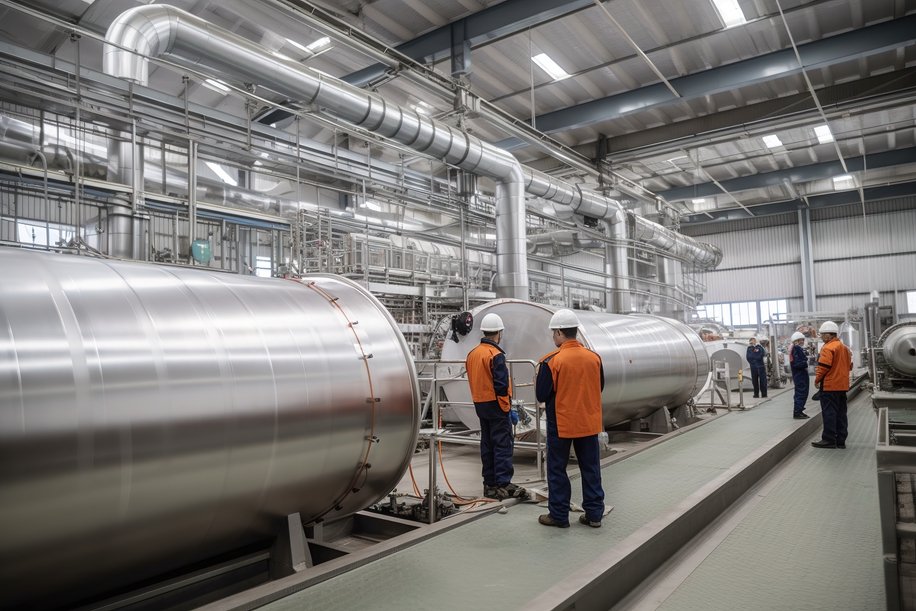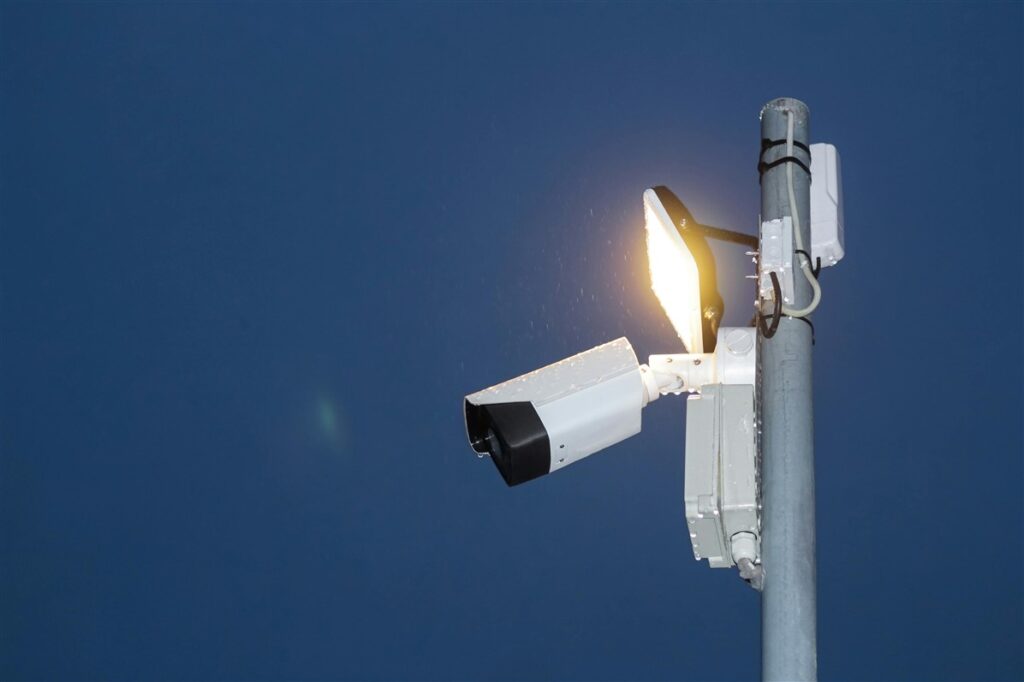What is classed as a hazardous area?
There are hazards in any workplace – even more so within a manufacturing facility. But while it’s important to identify and assess all risks, some areas are specifically classified as a hazardous area.
And if your factory contains any hazardous areas, you have additional health and safety responsibilities under DSEAR, so it’s important you understand where these areas are and what precautions are required.
What is ATEX?
ATEX derives from the French term ‘Atmosphères Explosives’ (explosive atmospheres) and is the common term for two EU workplace directives:
One of these ATEX directives is concerned with improving the health and safety protection of workers potentially at risk from explosive atmospheres. The other directive concerns equipment and protective systems for use in potentially explosive atmospheres.
In the UK, the requirements of the ATEX workplace directives are covered through DSEAR.
What is DSEAR?
DSEAR stands for Dangerous Substances and Explosive Atmospheres Regulations. These regulations require employers to eliminate or control risks from dangerous substances.
Dangerous substances include any substances that put people’s safety at risk from explosion, fire or corrosion of metal. The DSEAR classifies petrol, LPG, varnishes, paint and certain types of combustible and explosive dust as dangerous substances.
Under DSEAR, the responsibility to protect people from risks relating to dangerous substances falls to the employer.
What is classed as a hazardous or ATEX area?
DSEAR defines hazardous areas as "any place in which an explosive atmosphere may occur in quantities such as to require special precautions to protect the safety of workers".
Explosive or potentially explosive atmospheres include areas where flammable gases or vapours are created or released, for example, during vehicle paint spraying or where dust is created.
Where hazardous areas are present, the employer has a responsibility to:
• Identify dangerous substances and assess the risk
• Put measures in place to remove or control those risks
• Put controls in place to minimise the effects of incidents involving dangerous substances
• Outline procedures to deal with accidents, incidents and emergencies involving dangerous substances
• Ensure employees are properly informed about and trained to control or deal with the risks
• Identify and classify areas where explosive atmospheres may occur and avoid ignition sources in those areas

Classification of zones
The DSEAR introduced a set of zones to help with classification and hazard management.
Zone 0 is where an explosive gas atmosphere is present continuously or for a prolonged period.
Zone 1 is where an explosive gas atmosphere is present as a normal operation.
Zone 2 is where an explosive gas atmosphere is unlikely as part of normal operation or will occur for a short period.
Any areas which remain unzoned are classified as non-hazardous or safe areas.
Classification of zones is required to ensure you operate within DSEAR and take the correct precautions within each area.
Once zones have been classified, you should refer to the DSEAR to confirm which equipment is permitted within each area, accounting for the properties of any flammable materials present.
Managing ignition sources
Hazards acting as an ignition source include flames, cigarettes and matches, welding guns, stray currents or sparks from electrical equipment, electrostatic discharge, electromagnetic radiation, lightning strikes, vehicles, hot surfaces, dryers, ovens and furnaces, heating and electrical equipment, mechanical machines, and lighting.
These ignition sources must be controlled by:
• Storing flammable materials below auto-ignition temperatures
• Prohibiting smoking and the use of lighters or matches on site
• Controlling maintenance activities to reduce sparks and naked flames
• Only using electrical equipment in the relevant zones
• Earthing all plant equipment
• Selecting the correct equipment to avoid high-intensity electromagnetic radiation sources
• Selecting the correct vehicles or engines permitted within specific zones
• Controlling normal vehicles on-site and those creating intermittent hazards, such as tankers
• Controlling the risk from pyrophoric scale caused by the formation of ferrous sulphide inside process equipment
• Protecting lighting, heating and electrical systems

Managing electrical hazards
Any electrical installations – from internal wiring and lighting to plant equipment and machinery – should be suitable for the zone where it is being used. You should also ensure correct installation and regular testing and maintenance to reduce risk.
It is worth noting that not all electrical contractors are qualified to work in hazardous areas.
CompEx (Competency working in Explosive Atmospheres) refers to a recognised worldwide training and assessment scheme to ensure anyone working in hazardous or explosive environments is fully trained and competent.
Working with a CompEx-accredited partner (such as AES) ensures that you are doing everything possible to protect your staff and mitigate risk.
Protecting your business with AES
AES is one of a small number of electrical contracting businesses qualified to work in ATEX environments under CompEx accreditation.
Our CompEx-accredited team are competent in selecting, installing, inspecting, and maintaining electrical apparatus in potentially explosive atmospheres, in line with all UK and EU legislation.
Working with us is a best-practice approach to preventing serious incidents. We provide a professional service with a full audit trail to ensure that the correct precautions are followed according to health and safety guidelines and regulations.
We can also help you fully assess your areas and ensure that the zones are classified correctly in line with DSEAR.

Our guide to building energy management systems
Building energy management systems (BEMS) are systems that allow you to monitor, control, and optimise the energy used within your building. The phrase building energy management system (BEMS) is often used interchangeably with the phrase building management system (BMS), but there are some differences. A BEMS is focused on energy-related systems such as lighting, heating, […]
Read more
How far does power travel and what impact does distance have on performance
It’s easy to take our electricity supply for granted. We flick a switch and instantly have light or power. We don’t even think about it unless there’s an issue or an outage. But when there is an issue or outage, the impact can be significant. For manufacturers, even the smallest change in power can make […]
Read more
Why visibility of the production process is so important
Operational excellence, efficiency and quality are top priorities for almost every manufacturer worldwide. These things lead to improved productivity, happier customers and reduced waste – all of which result in increased profits. Visibility of the production process is the key to achieving these things. And manufacturers now have access to technology that can provide real-time […]
Read more
Will security lighting help to protect my staff?
Looking after the safety and well-being of employees should be a priority for any business. And while it’s not possible to mitigate every risk, there are measures you can take to improve their safety and security. One measure that is often overlooked is the installation of security lighting. When daylight disappears, visibility is reduced, increasing […]
Read more
Top 5 considerations when comparing electrical quotes
Budget is always a factor when you’re considering any type of upgrade, revamp, or maintenance work within your factory. But when it comes to electrical work, you have to consider more than just money. Don’t rush into accepting the cheapest electrical quotes without knowing exactly what you’re getting. Electrical work is not an area where […]
Read more
What is the role of companies in reducing our carbon footprint?
We should all be taking responsibility for protecting our planet and a big part of that is reducing our carbon footprint. But while it falls to all of us to do our bit, there is additional pressure on manufacturers, especially those with high carbon emissions. As an absolute minimum, these companies should ensure compliance with […]
Read more

